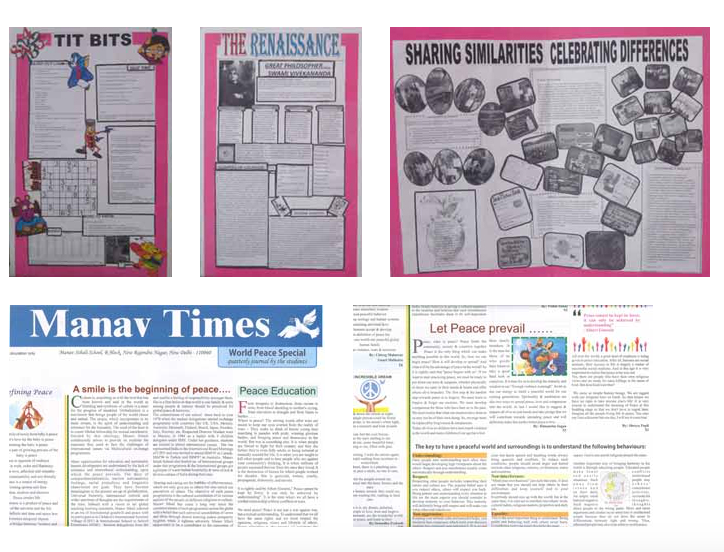March 13 is Digital Learning Day, which aims to encourage educators and leaders to “actively spread innovative practices and ensure that all youth have access to high-quality digital learning opportunities no matter where they live.” While this grassroots effort is very much focused on the American public school system, the day is also a perfect occasion to reflect on digital learning initiatives in countries throughout the developing world. Digital learning in these contexts comes with its own unique challenges and opportunities.
In 2009, India’s Central Institute of Educational Technology (CIET) launched Media Literacy Clubs in schools throughout the country. These clubs encourage students to think critically about the information they consume and to create their own media messages. Ultimately, students become active participants in the media landscape rather than passive consumers.
Anubhuti Yadav of the Indian Institute of Mass Communication was involved in the initial design and implementation of the clubs and believes that they contribute to development on two different levels. On the individual level, the clubs provide students with the skills to create media using a variety of technologies. Hard skills such as photography, videography, and documentary writing are complemented with soft skills such as leadership and teamwork. On a wider level, Yadav believes that the clubs contribute to social development by creating wiser citizens who can critically analyze and question mainstream media messages.
Community responses to the clubs have been positive, and Yadav says that parents are happy that the clubs aren’t “stand-alone activities.” Rather, club coordinators encourage students to incorporate the subjects they’re currently learning in their classes into the media they’re creating in the clubs. For example, if students are learning about Indian Nationalism in their history class, club coordinators will encourage them to create documentaries tackling issues of nationalism and democracy. Yadav says, “What happens is they learn the subject and they learn that subject by constructing media messages … The parents are also very happy. They see their kids involved in creating media programs to add to curricular areas.”
However, there have been some challenges in getting the clubs going. One has been the training of teachers to act as club coordinators. Teachers acting as voluntary club coordinators come from a variety of subject backgrounds–history, sociology, political science, etc. Yadav says, “The teachers are very enthusiastic. The only problem is because it’s a new subject and they’ve never been trained in this particular subject they want continuous handholding or continuous reorientation or refresher programs.” This is an ongoing issue that can pose a threat to the sustainability of individual clubs, especially since they no longer receive direct support from CIET. Each club, therefore, is at the mercy of its coordinator’s efficiency.
Yadav is still in touch with many coordinators who share stories about new club activities and projects, which can be taken as a sign of short-term success. However, she argues, “If we really want to scale, one thing we need is to train these teachers and to continuously monitor these activities.”
Digital access is also a challenge. Clubs in rural areas with low Internet connectivity or access to computers or digital cameras have to devise activities that allow students to create media messages outside of the digital realm but that still encourage critical thinking and production skills.
Digital access has also been an issue faced by The Click Foundation, a South African organization that uses technology to make meaningful impact in education. One of the Foundation’s programs is a partnership codeX to build a new generation of South African coders and digital developers. Martine Schaffer, CEO of the Foundation, says that unreliable Internet connectivity and an unstable electricity grid have been challenges to implementing programs that rely heavily on these things.
Despite these challenges, Schaffer notes that the Foundation continues to garner support from schools and students. The Foundation only works with schools that express interest in its programs–nothing is imposed–and not one school has dropped out since program implementation began three years ago. She also says of students, “We work mostly with learners between the age of 6 and 10 and they see the program as a game and therefore love coming to their computer class. The content is relevant so they also want to keep coming.”
While the Click Foundation benefits from partnerships with various organizations and donor support, the Media Literacy Clubs rely on the commitment of individual schools and teachers. Ultimately, however, the sustainability of both these initiatives isn’t guaranteed without grassroots interest and participation, which Yadav believes is part of a program’s long-term success. She says, “The numbers will vary since these aren’t compulsory activities. But students and schools are continuing to show interest in them. That’s a good thing considering there are a number of other activities they can take part in.”


Comments (0)